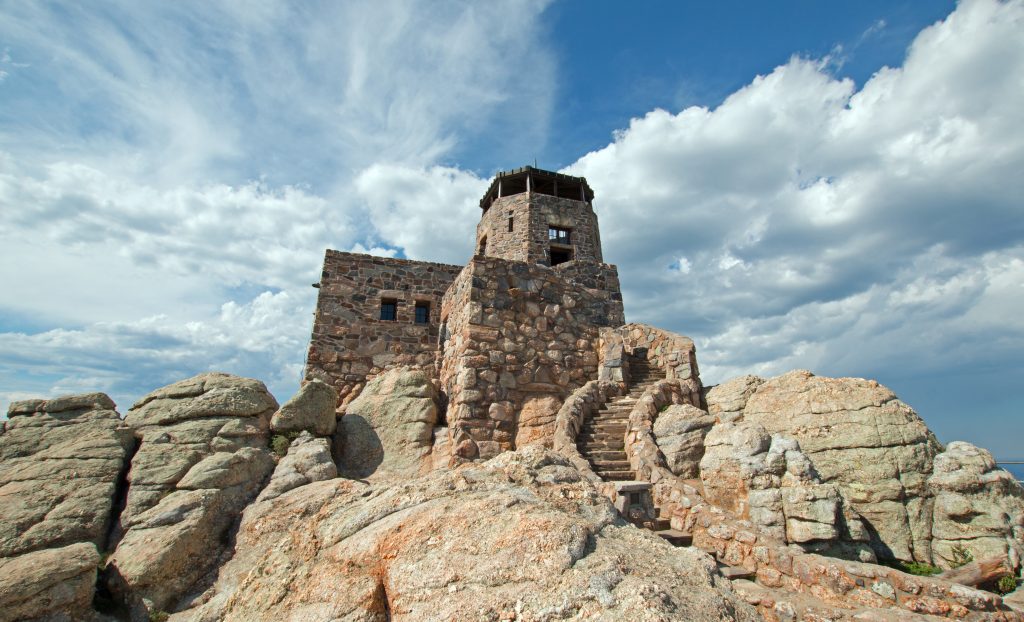RAPID CITY, S.D. — June 11, 2025 — Each year on May 30, a quiet but powerful gathering takes place in the Black Hills. It’s a hike not just for the heart, but for the spirit—a tribute to one of the most enduring figures in Lakota history, Black Elk, and the legacy of the book Black Elk Speaks.
Now in its ninth year, the commemorative hike up Black Elk Peak—South Dakota’s highest point—is led by Myron Pourier, a fourth-generation descendant of Black Elk and cultural advisor for the John G. Neihardt Foundation. What began as a personal way to honor his grandfather’s story has evolved into a growing public event that draws people from across the nation.
“This is about remembering the last hike my great-grandfather made to the peak in 1931,” said Pourier in a recent interview on The Brandom Podcast with host Brandon Jones. “But it’s also about remembering the moment when Black Elk told his story to the world.”
That story became the internationally acclaimed book Black Elk Speaks, written by poet and historian John G. Neihardt. In May of 1930, Neihardt traveled to the Pine Ridge Reservation to learn about the Lakota people. There, he met Black Elk—who, after turning away countless other historians—recognized a spiritual connection with Neihardt and chose him to share his life story. A year later, Neihardt returned to record the legendary narrative with the help of Black Elk’s son, Ben, who translated from Lakota to English.
One day after finishing the storytelling, Black Elk asked to hike the peak one last time. Accompanied by Neihardt, his daughters, and Ben, the group made the historic climb—an event now honored annually by Pourier and fellow supporters.
A Living Legacy
For decades, Ben Black Elk carried on his father’s legacy. Known as the “Fifth Face of Mount Rushmore,” he volunteered for 27 years as a cultural greeter, donning traditional regalia and sharing Lakota culture with tourists. Though he declined a salary, he left a lasting impression—and a legacy of giving.
“He made more by doing it for free,” Pourier said, sharing how Ben would leave a coffee can next to him, collecting change from visitors. “He did it for his people.”
In 1971, Ben began the effort to officially change the name of Harney Peak to Black Elk Peak. Though his passing in 1973 stalled the effort, it was revived decades later by Pourier and fellow advocate Basil Brave Heart. In 2016, after extensive review and a rediscovered petition from Ben himself, the U.S. Board on Geographic Names approved the change—finally completing the journey Ben began over 40 years earlier.
An Open Invitation
Each year on May 30 at 8 a.m., the public is invited to join the Black Elk Peak hike. Participants meet at the trailhead, prepared for a seven-mile round trip filled with natural beauty, reflection, and prayer.
“The hike takes around six hours, and we ask folks to bring water, snacks, and a willingness to connect—with the land, with others, and with the past,” Pulier said.
Over the years, the hike has drawn people from all walks of life, including one cancer survivor who credited her recovery to prayers made to Black Elk and a promise to hike the peak. “It’s more than a trail,” said Pourier. “It’s a spiritual path.”
More Than History
The hike commemorates not just a man, but a message—of resilience, wisdom, and cultural preservation. Through his work with the Neihardt Foundation and community outreach, Pourier continues to pass on the values of his ancestors.
“If you want to learn more,” he added, “visit the John G. Neihardt Foundation or follow along on social media.”
To the Lakota, there is no word for goodbye. As Pulier reminds hikers each year, “We say ‘Doksa ake waunkte,’ which means ‘until we meet again.’ Because our journey isn’t over—it just keeps going.”
Listen to this story on the BrandoM Podcast available everywhere


